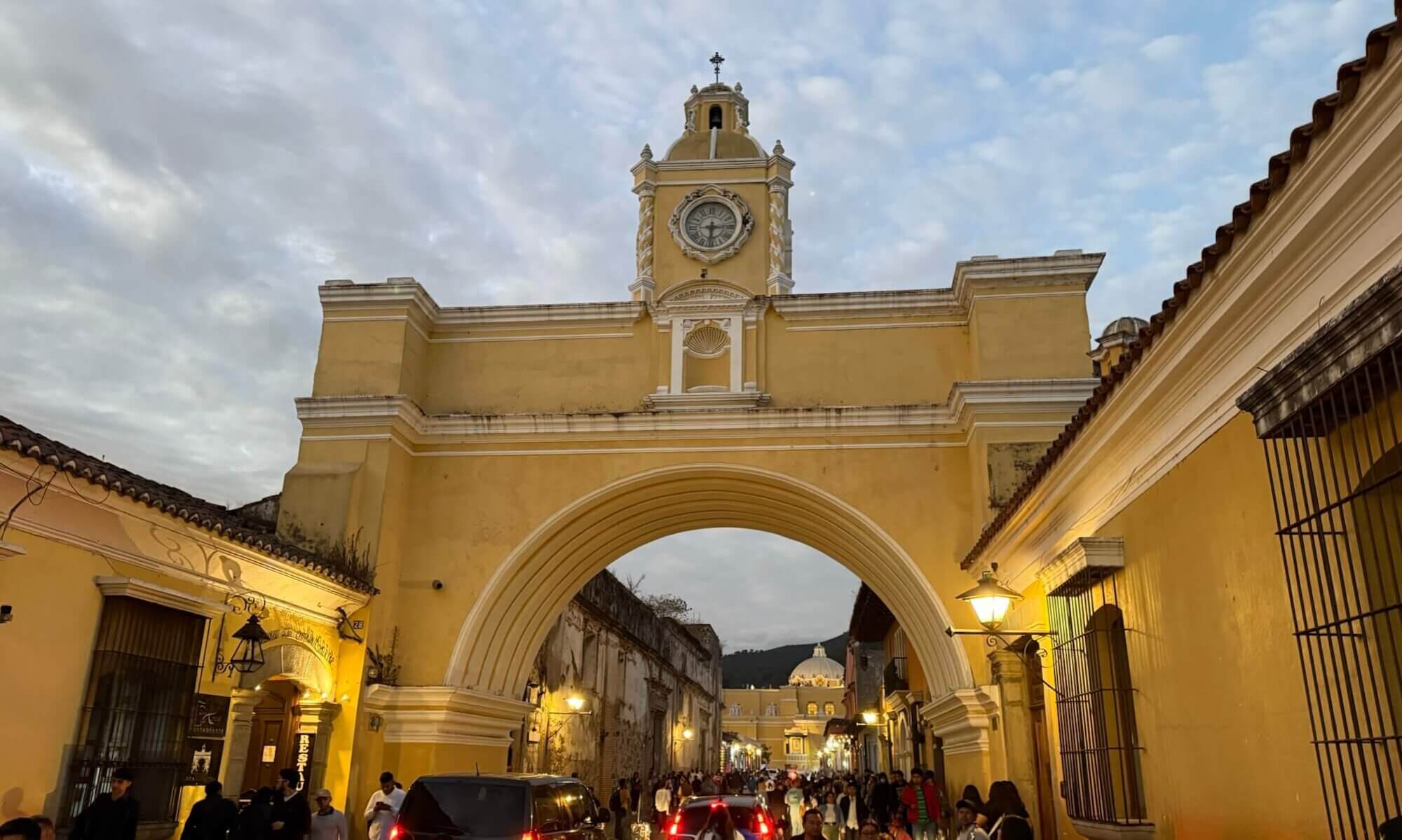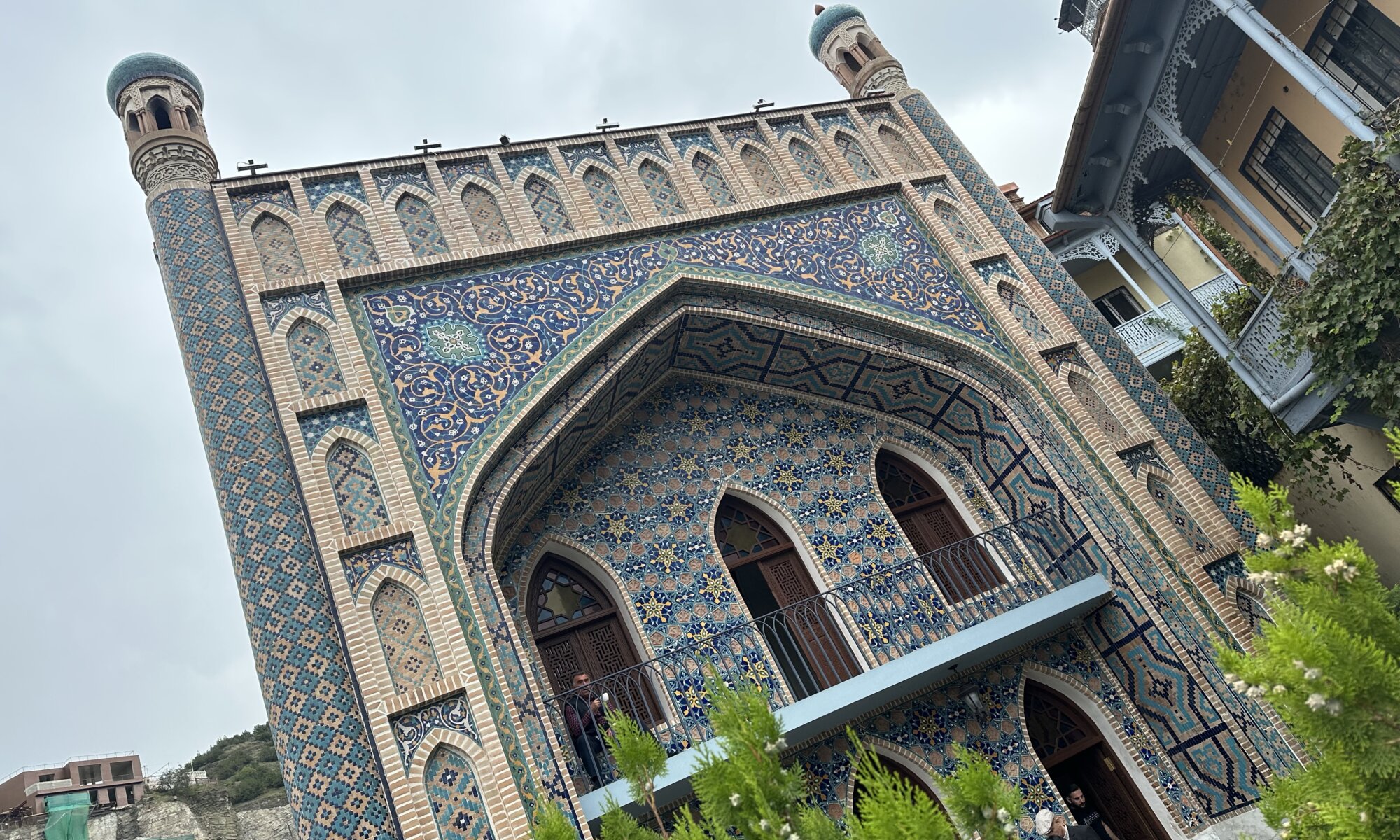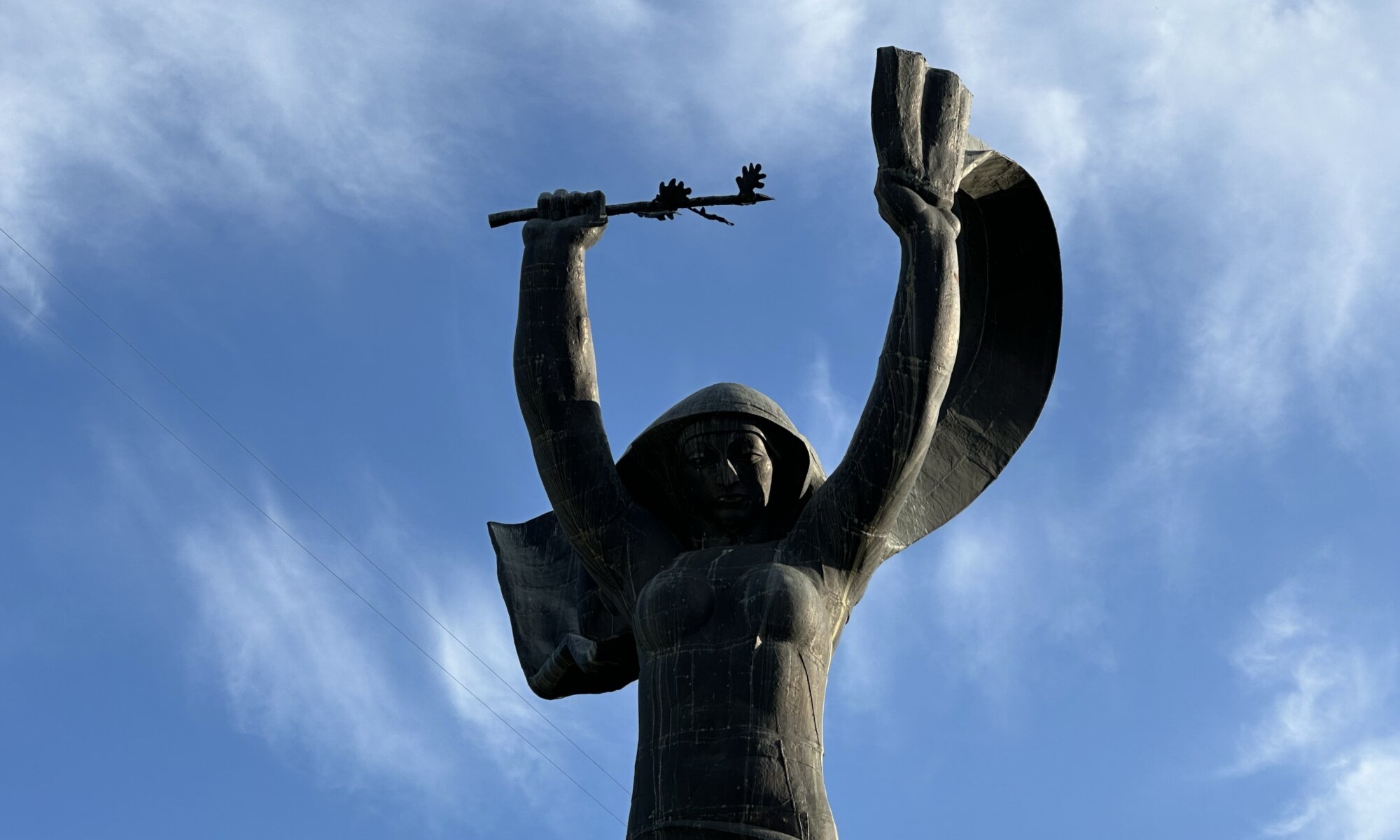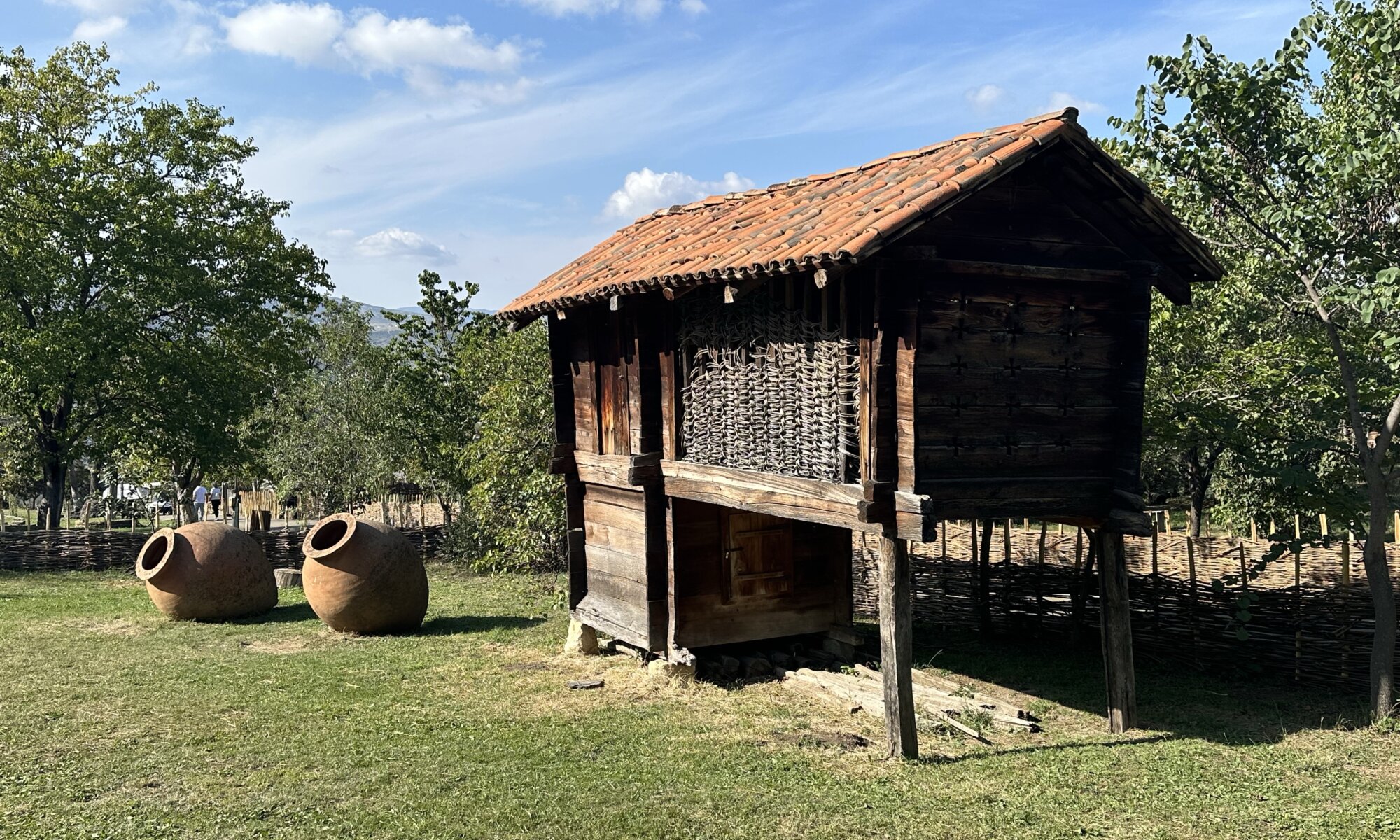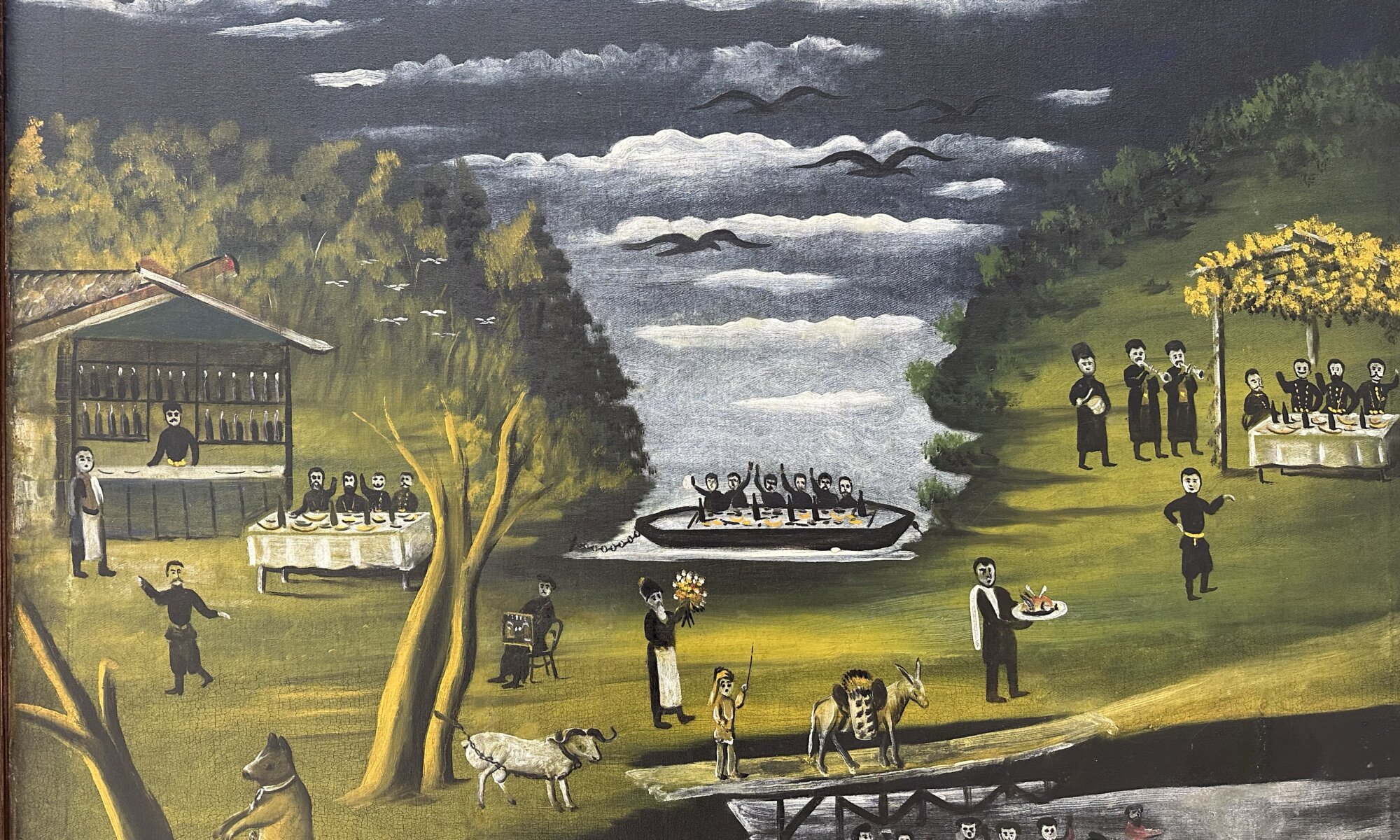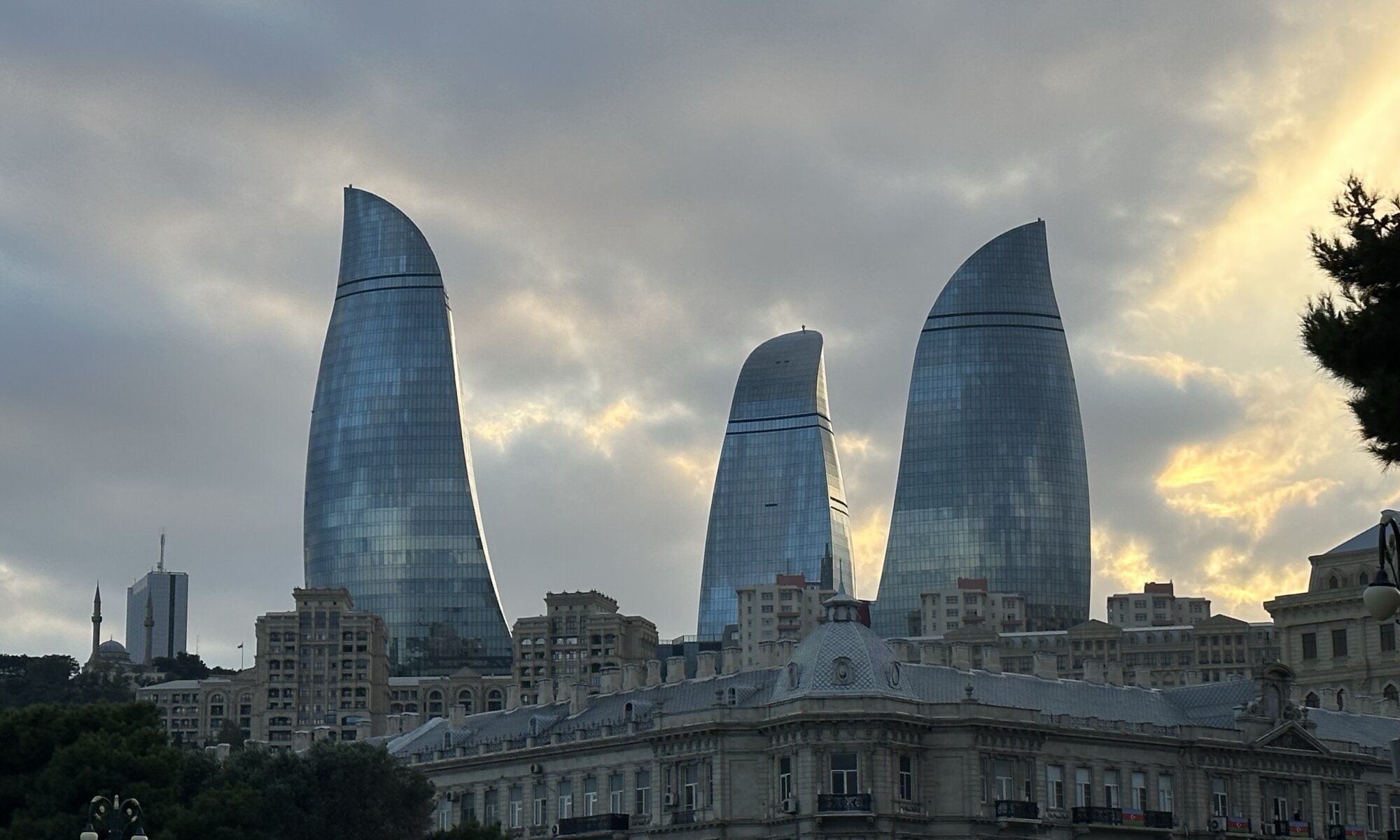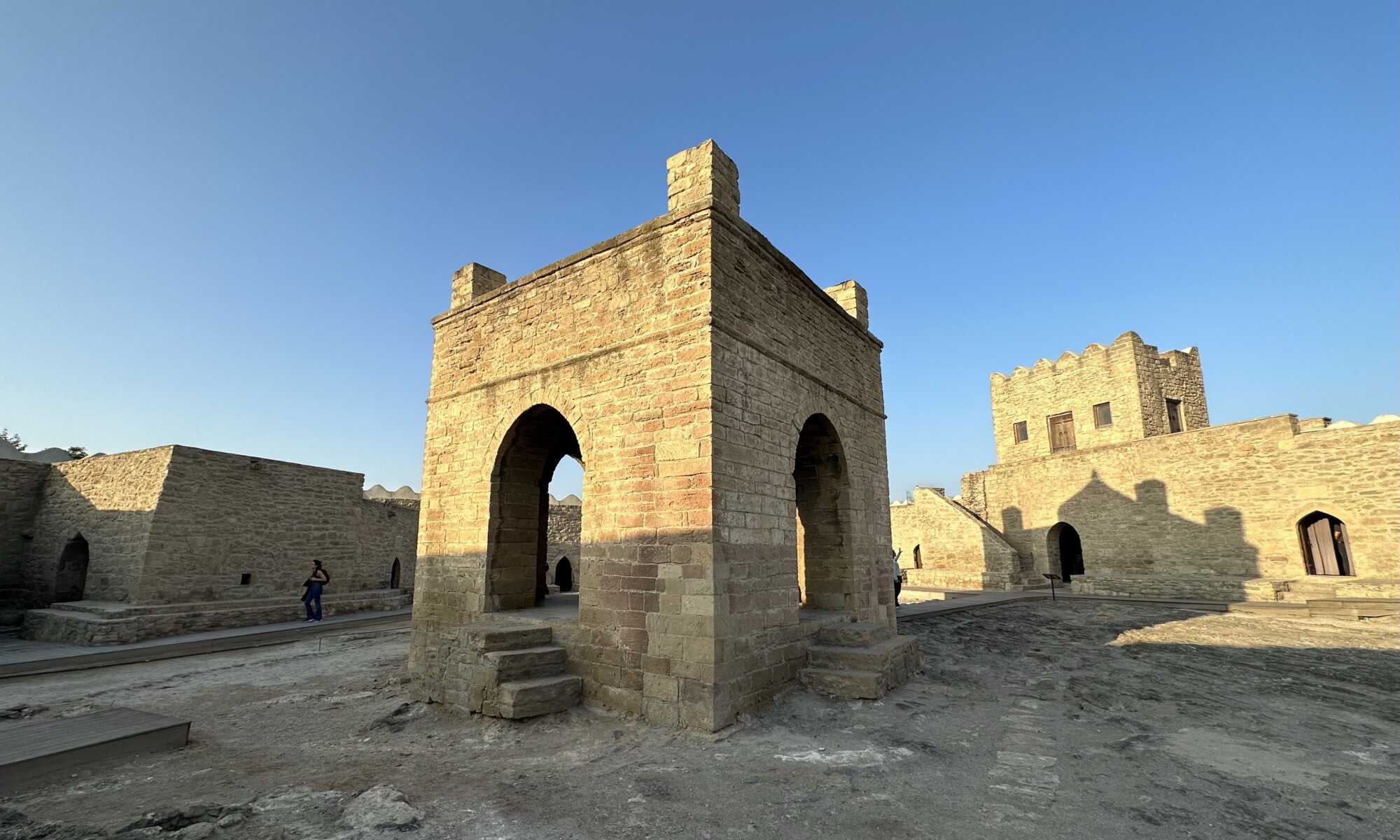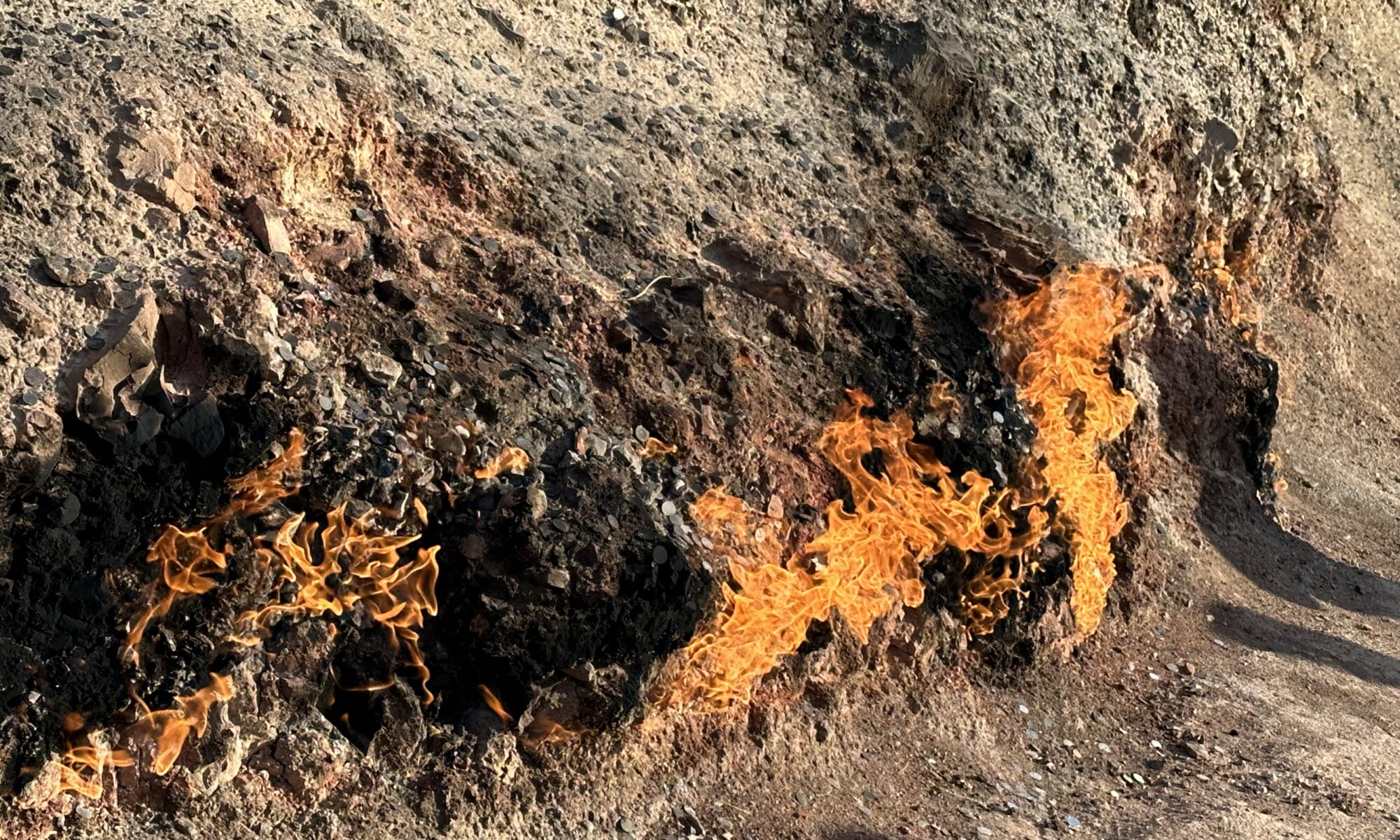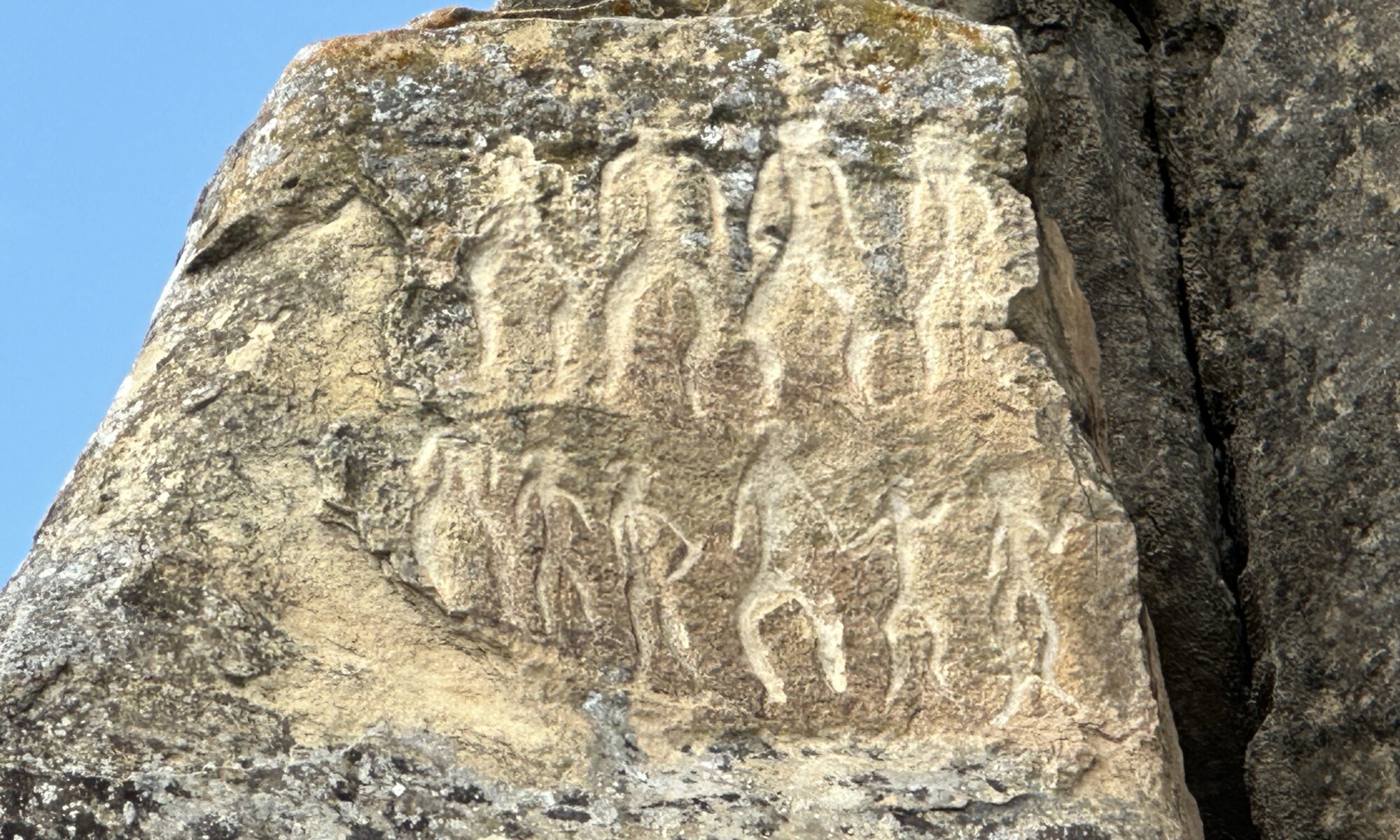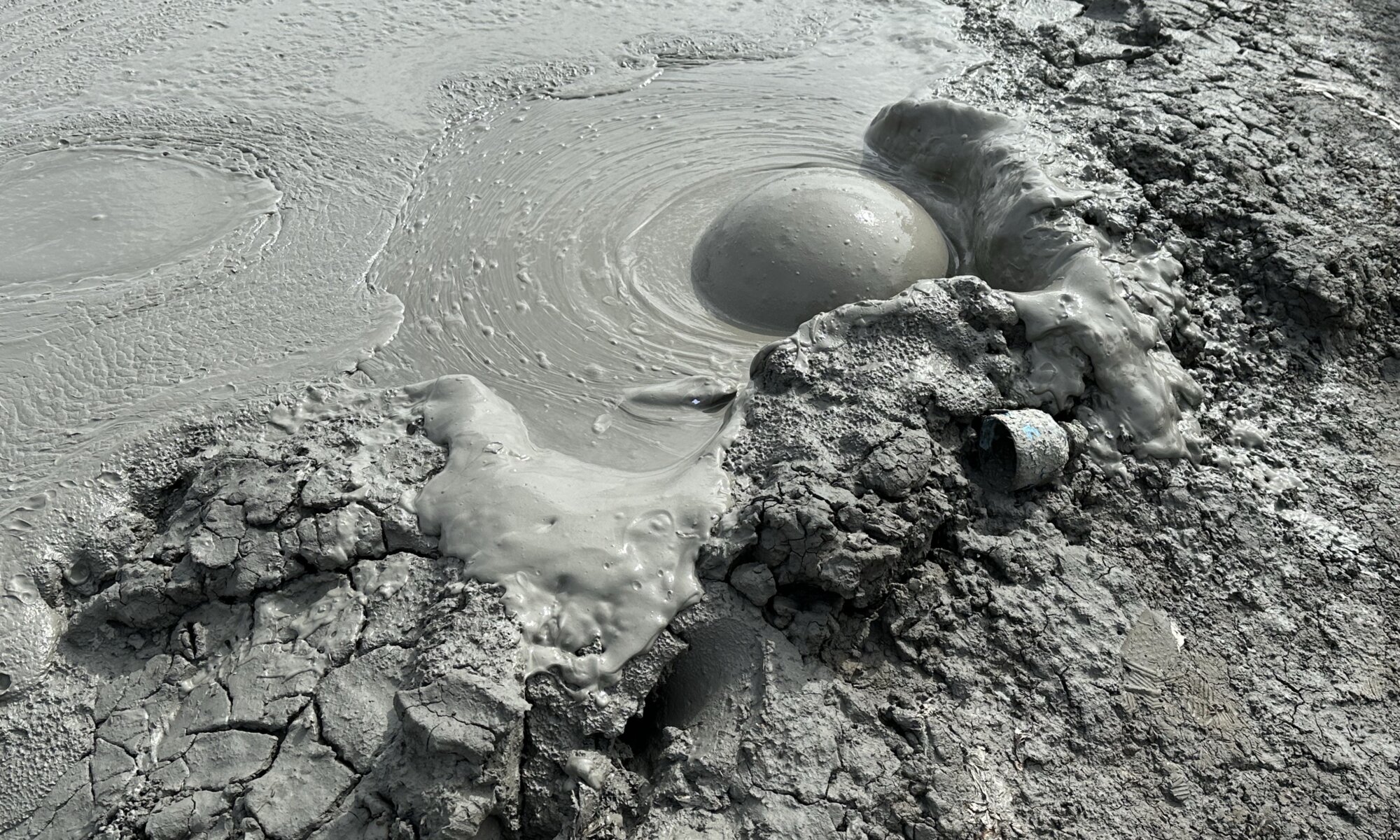One of the delights of a visit to თბილისი are the different sulphur spas that were formerly found throughout many parts of the city. Today you can find different of them at the bath district close to the city center, opposite to Metechi. The most famous nowadays is Chreli Abano, the luxurious one with the impressive facade giving it an oriental look.
Continue reading “Chreli Abano”Gamarjoba
West of the city center of თბილისი you can find Vake park, a large garden opened in 1946 to commemorate the victory in World War II. A long central axis leads you on red sand to the tomb of the unknown soldier surrounded by a mosaic of Georgian flags. Behind there is a water cascade that you can follow up to the central monument finished in 1981 by a Soviet sculptor.
Continue reading “Gamarjoba”Turtle lake
One of the recreation areas of თბილისი is the turtle lake, named because of the amount of turtles found there. It is located at a height of 686 meters above the city quarter Vake of თბილისი. The turtle lake is an artificial lake created from a small mountain river called Varazis-Khevi. It has a maximum depth of 2.6 meters and you can swim in it – but most people come here just for taking a walk around or having a coffee at its shore.
Continue reading “Turtle lake”Georgian architecture
The ethnographic open-air museum is located close to the turtle lake in a hill south of the city center of თბილისი. Since 1966 it collects, preserves and exhibits buildings from all regions of Georgia. This includes classic farm houses, a vineyard building, a church and a water mill.
Continue reading “Georgian architecture”National gallery
If you like to enjoy the artworks of local artists you shouldn’t miss the national gallery of თბილისი. It is located at the Rustaveli avenue and surrounded by the 9th April park (remembering the peaceful uprise in 1989). The gallery is a modern art exhibition hall that shows well-made exhibitions on two floors.
Continue reading “National gallery”City of the winds
Bakı is a city like no other. The capital city of Azerbaijan is shaped by the fossil resources available at the shore of the Caspian sea: oil and gas. They’re owned by the State Oil Company of Azerbaijan Republic (SOCAR) and create visible wealth and they are so widely available that they even remain unused and create continuously burning mountains and bubbling mud volcanoes. An endless number of horsehead pumps are moving around the city, three skyscrapers are shaped like flames and there is even a religion (Zoroastrianism) that worships the flame.
Continue reading “City of the winds”Atəşgah
A magic place outside of Bakı. The Atəşgah fire temple is a religious place formerly used by Zoroastrianism and Hinduism. It became so famous that even Jules Vernes and Alexandre Dumas visited it and wrote about it. Once you’ve passed the historic walls of Atəşgah you’ll see an eternal flame protected by a building at the center and rooms surrounding it but leaving a large courtyard around the fire.
Continue reading “Atəşgah”Yanar Dağ
Well, it is a burning mountain. As simple as that, as unusual as that. At Yanar Dağ near Bakı, natural gas is continuously floating out of the ground and there are different myths who first set it on fire. Now people travel to this burning mountain and admire the flames.
Continue reading “Yanar Dağ”Petroglyphs
The Qobustan area has seen human settlements rather early in history. Witnesses of that are ancient carvings from pre-historic times at the stones close to the Caspian sea, so called petroglyphs. These depictions of bulls, camels, ritual dances and riding humans date back to 5,000 to 20,000 BCE. The petroglyphs have been created by the people living in that area and they give insight into ancient life.
Continue reading “Petroglyphs”Mud volcanoes
Muddy fields decorated with volcanoes that don’t produce lava but mud, that is the Qobustan area close to Bakı. Every now and then a large bubble appears in the mud and disappears again – that is because of natural gas streaming out of the ground and through the mud. While the rest of the world tries to get methane to heat their homes it is popping up here uncontrolled and vanishes into the atmosphere.
Continue reading “Mud volcanoes”